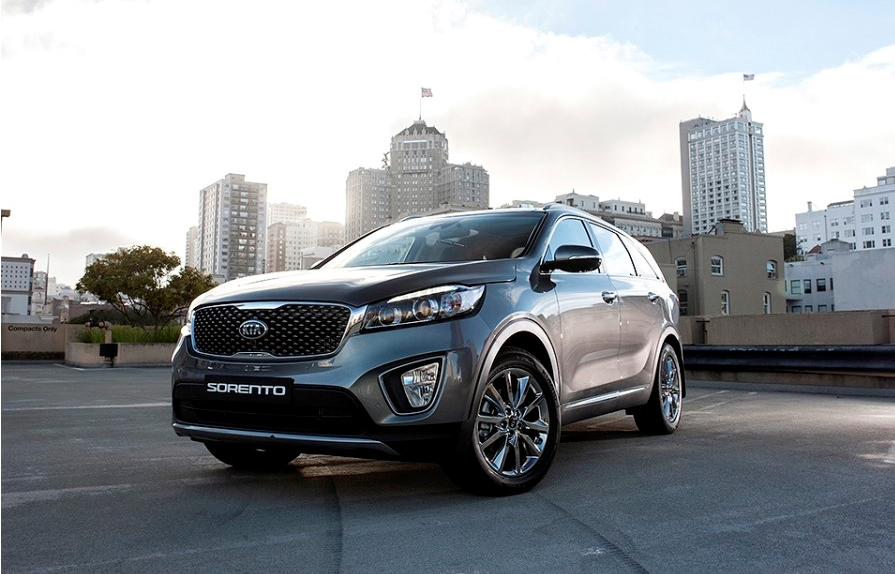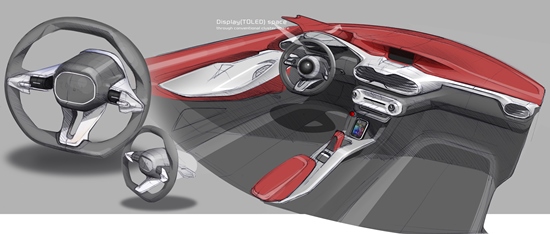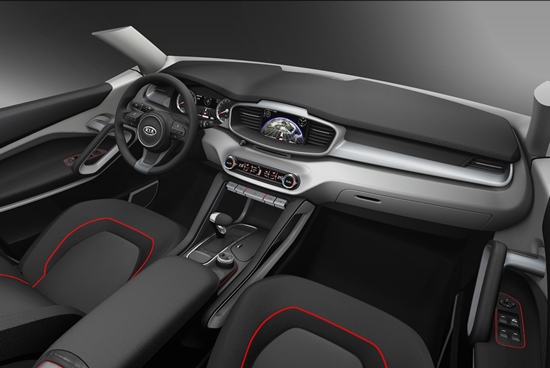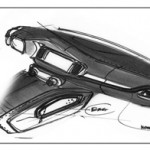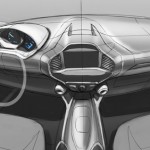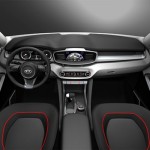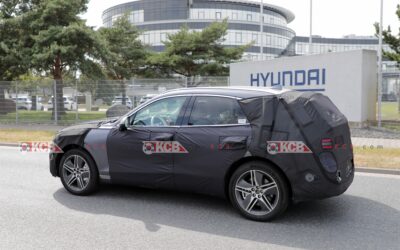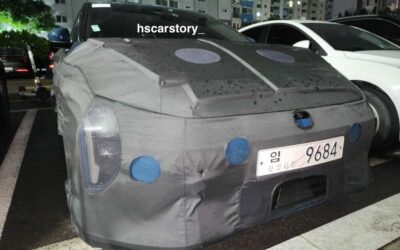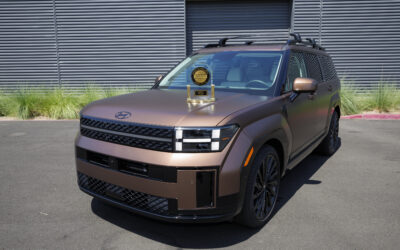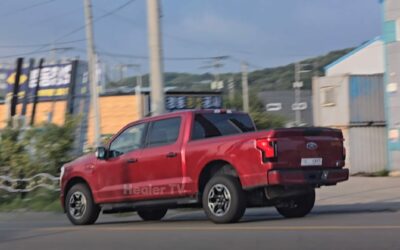The all-new third-generation Kia Sorento has clearly been making waves in the automotive world after it was unveiled at the 2014 Paris Motor Show.
[ads id=”2″ style=”float:center;padding:9px;”]
The third-generation Kia Sorento is much more than just an upgraded SUV; it’s more of a luxury SUV. The latest Sorento was designed as a collaborative effort among Kia’s design teams in Korea, the United States and Europe. The end product? An SUV you just can’t take your eyes off of.
Taking design cues from architectural structures, the all-new Sorento is both luxurious and sophisticated, the two design concepts that were the focus for both the exterior and interior.
The initial exterior sketches above give us a peek into the process of conceptualizing the new Sorento model.
We asked the design team experts, Kia designers Kurt Kahl and Ralph Kluge, to get a better idea of the design story behind the 2015 Kia Sorento. These two designers were responsible for the all-new Kia Sorento from start to finish—from the initial design sketches to the final product.
[ads id=”2″ style=”float:center;padding:9px;”]
What was the main foundation and background for the design of the all-new Sorento? What did the design team particularly focus on when coming up with the new design concept?
Designer Kurt Kahl: When designing the exterior of the all-new Sorento, our main focus was to retain the strengths of the predecessor while giving it a greater sense of premium quality and sophistication. The shoulder is very powerful and blends into a sculptural side body. We created a strong ‘down the road’ presence for the Sorento’s front end, with sharply angled headlamps intersecting a dimensional chrome-framed grille. The rear retains hints of the previous Sorento with rectangular tail lamps and a forward swept backlighting that still reflects a spacious interior. The interior design was based more upon ‘sophistication.’
Designer Ralph Kluge: For the all-new Sorento’s interior, our concept keywords were “muscle and brains.” We reached out to create a strong and confident surface language with increased levels of sophistication and richer details, while simultaneously avoiding the “rugged SUV” clichés. We wanted a refined and sophisticated design language: muscular shapes fused together with refined details. The word “premium” should immediately come to mind when you get inside the all-new Sorento.
Can you explain the architectural inspiration behind the design?
Kluge: We paid careful attention to the ergonomics and layout of all individual elements to form a logical basis for the physical volumes, just as you would with architectural structures. A good example of this is the clearly structured instrument panel: screens and vents are positioned high up for the best ergonomics and visibility, while interface buttons are kept simple and placed lower down in the perfect reach zone for all passengers.
What is particularly different about the third-generation Sorento compared to the design of the previous generations?
Kahl: The third-generation Sorento is longer and sleeker, with a sculptural quality that lends a humanistic feeling to the shape compared to the previous Sorento models. Meticulous attention was paid to the lines finessing the surfaces. As a reaction to some current day products appearing too synthetic or digital, Sorento highlights the renewed appreciation for hand-crafted products where the ‘imprint’ of the artist or craftsman is apparent.
How would you describe the typical ‘third-generation Sorento driver?’
Kahl: I think the Sorento driver can be anyone looking for an upscale and refined SUV. The Sorento is a sweet deal in terms of size and pricing. It offers spacious utility but is still easily maneuverable, and is luxurious but not overly expensive. I would like to see customers look at the all-new Sorento as a very competitive alternative to other luxury mid-size SUVs offered by the European and Japanese manufacturers.
What are the current trends for the SUV market worldwide?
Kluge: We see the “classic” SUV becoming more and more of an on-road vehicle. People really enjoy the higher seating, combined with the “go-anywhere” attitude. Moving forward, the biggest challenge is to improve fuel efficiency and ride quality, and I think Kia delivered in these departments with the all-new Sorento.
How do you see the design trends for vehicles in general evolving?
Kahl: There seems to be a general trend for all vehicle models to blur the lines of their segments. Just as an SUV in most cases has become a more car-based CUV, other segments are beginning to blend together to make new vehicle spaces that offer unexpected features and unique profiles.
This behind-the-scenes design story is not just about the Kia Sorento, but rather shows how Kia’s design direction has been shaped over the years.

